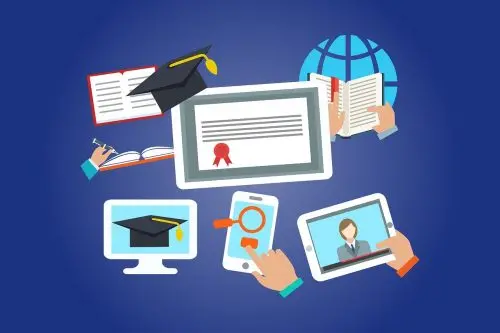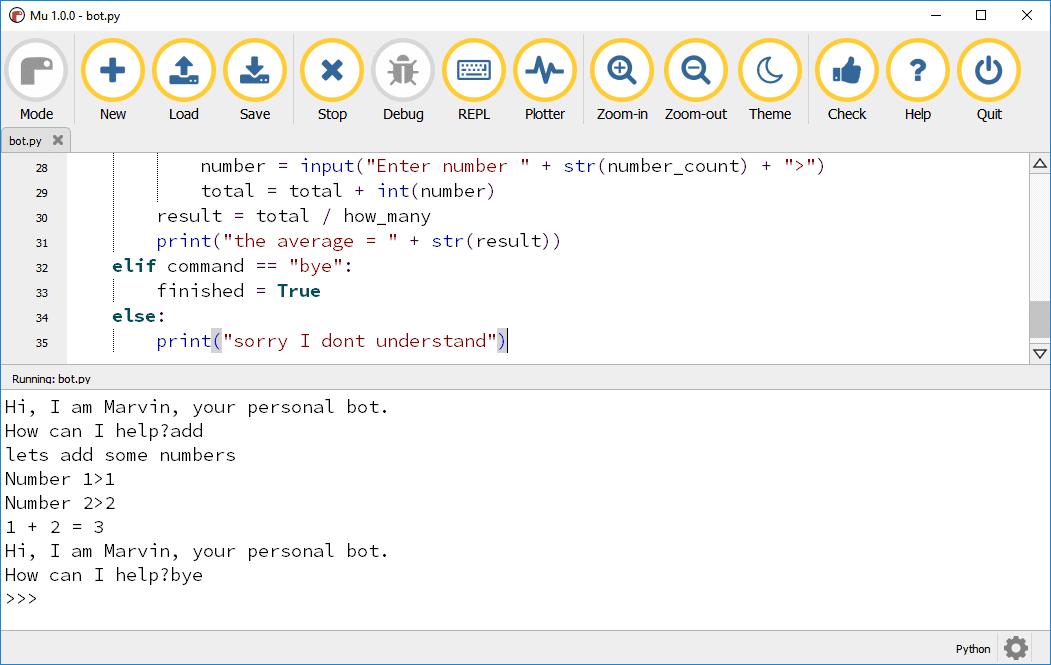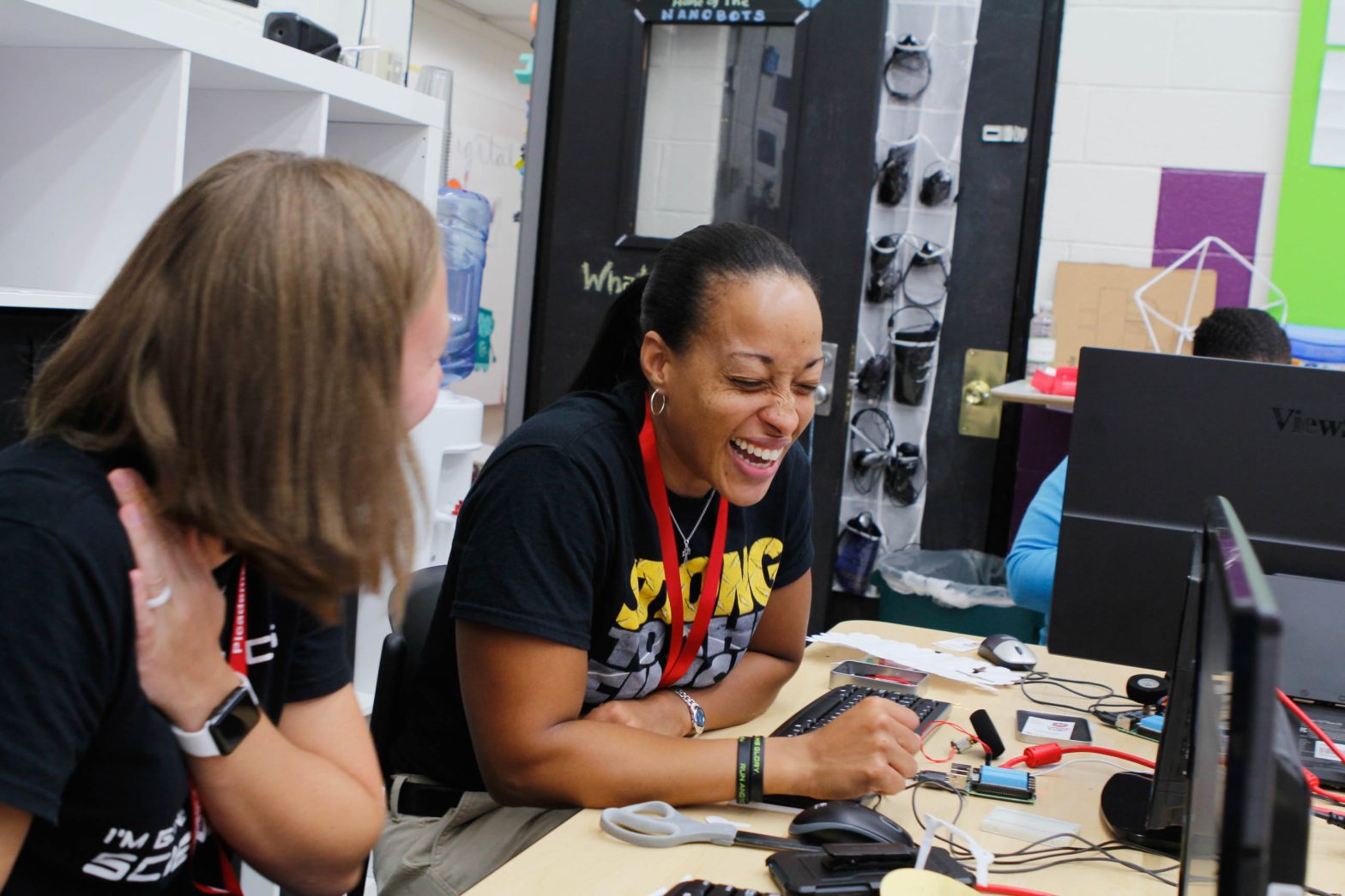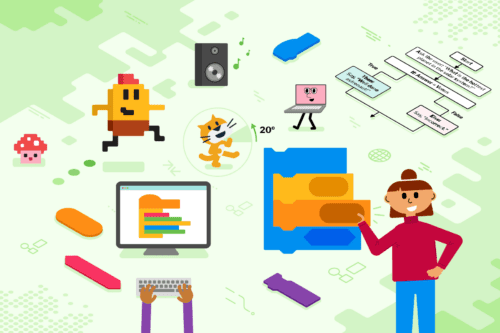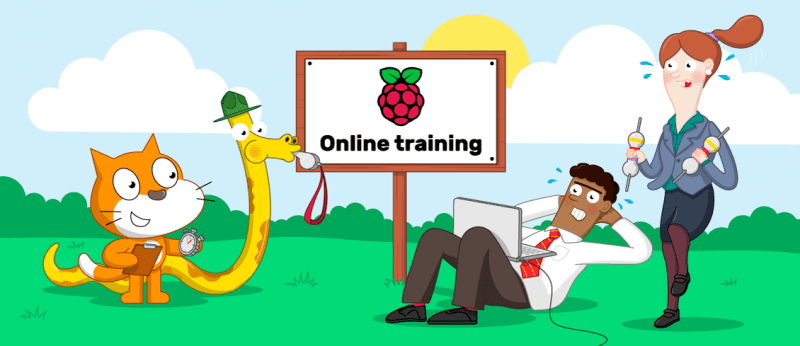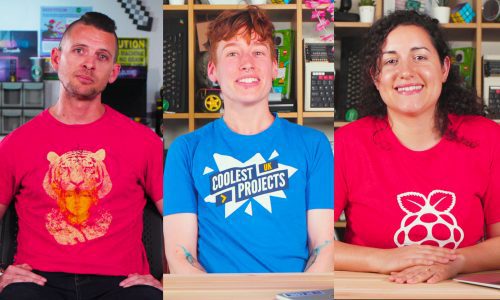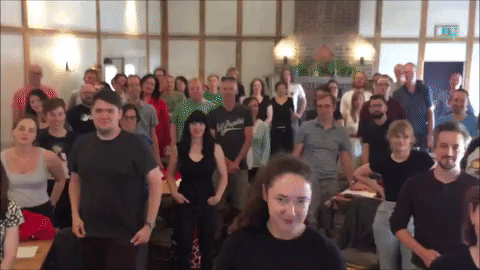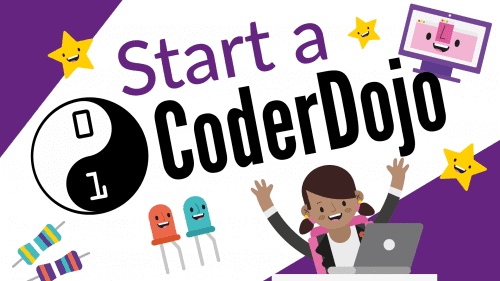Schlagwort: online training
-

Free online course on understanding AI for educators
Reading Time: 5 minutesTo empower every educator to confidently bring AI into their classroom, we’ve created a new online training course called ‘Understanding AI for educators’ in collaboration with Google DeepMind. By taking this course, you will gain a practical understanding of the crossover between AI tools and education. The course includes a conceptual look…
-

Learn to program in Python with our online courses
Reading Time: 5 minutesIf you’re new to teaching programming or looking to build or refresh your programming knowledge, we have a free resource that is perfect for you. Our ‘Learn to program in Python’ online course pathway is for educators who want to develop their understanding of the text-based language Python. Each course is packed…
-

Learn how to teach computing to 5- to 11-year-olds
Reading Time: 3 minutesIntroducing children to computing concepts from a young age can help develop their interest and attachment to the subject. While parents might wonder what the best tools and resources are for this, primary and K1–5 educators also need to know what approaches work with their learners. ‘Teaching computing to 5- to 11-year-olds’…
-

How do we create engaging online courses for computing educators?
Reading Time: 6 minutesWith our online courses programme, launched in 2017, we made it our mission to provide computing educators with the best possible free training we can design. Five years on, here are some of the key stats about the courses’ impact: We’ve produced and launched 35 free online courses We’ve created over 650…
-

Get an easy start to coding with our new free online course
Reading Time: 4 minutesAre you curious about coding and computer programming but don’t know how to begin? Do you want to help your children at home, or learners in your school, with their digital skills, but you’re not very confident yet? Then our new, free, and on-demand online course Introduction to Programming with Scratch course…
-

Learn the fundamentals of AI and machine learning with our free online course
Reading Time: 5 minutesJoin our free online course Introduction to Machine Learning and AI to discover the fundamentals of machine learning and learn to train your own machine learning models using free online tools. Although artificial intelligence (AI) was once the province of science fiction, these days you’re very likely to hear the term in…
-

Learn the fundamentals of AI and machine learning with our free online course
Reading Time: 5 minutesJoin our free online course Introduction to Machine Learning and AI to discover the fundamentals of machine learning and learn to train your own machine learning models using free online tools. Although artificial intelligence (AI) was once the province of science fiction, these days you’re very likely to hear the term in…
-

How teachers train in Computing with our free online courses
Reading Time: 4 minutesSince 2017 we’ve been training Computing educators in England and around the world through our suite of free online courses on FutureLearn. Thanks to support from Google and the National Centre for Computing Education (NCCE), all of these courses are free for anyone to take, whether you are a teacher or not!…
-

Your Back-to-School Bootcamp with our free online training
Reading Time: 3 minutesAre you ready FEEL THE BURN…of your heating laptop? And MAX THOSE REPS…using forever loops? Then get your programming muscles into the best shape possible with our free online training courses. Pump up your programming skills for free Today we are excited to announce our new online training course Programming with GUIs…
-

Your Back-to-School Bootcamp with our free online training
Reading Time: 3 minutesAre you ready FEEL THE BURN…of your heating laptop? And MAX THOSE REPS…using forever loops? Then get your programming muscles into the best shape possible with our free online training courses. Pump up your programming skills for free Today we are excited to announce our new online training course Programming with GUIs…
-

Celebrating our teachers
Reading Time: 5 minutesThe end of the academic year is here, and we are marking the occasion by celebrating teachers from all over the world. For those about to teach, we salute you. Since last September, we’ve run a whole host of programmes that teachers have been involved in. From training with us at Picademy…
-

Start a CoderDojo with our free online training
Reading Time: 3 minutesYou can now sign up to our newest free online course Start a CoderDojo to learn more about CoderDojo and how you can easily set up one of these free coding clubs for young people in your area. With less than two weeks until the course begins, we wanted to tell you…
